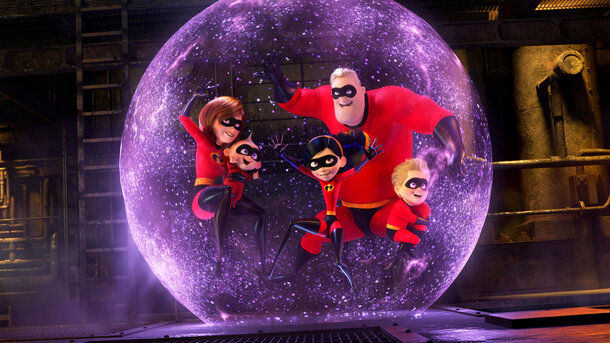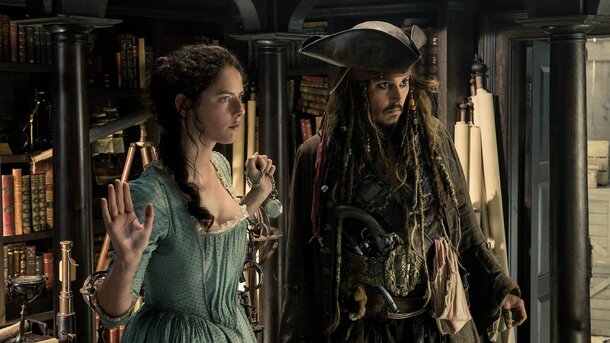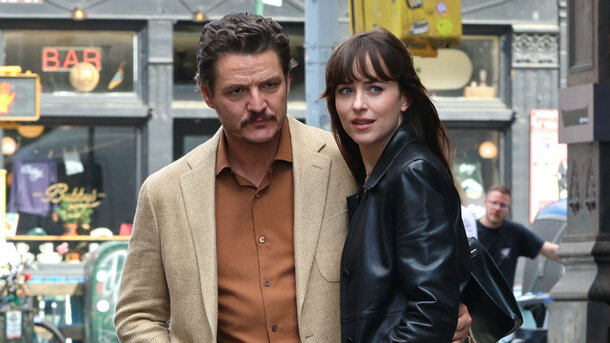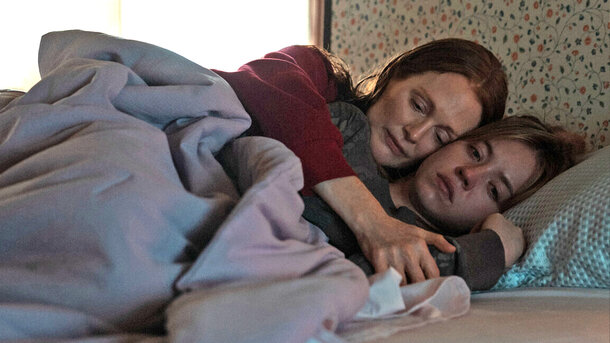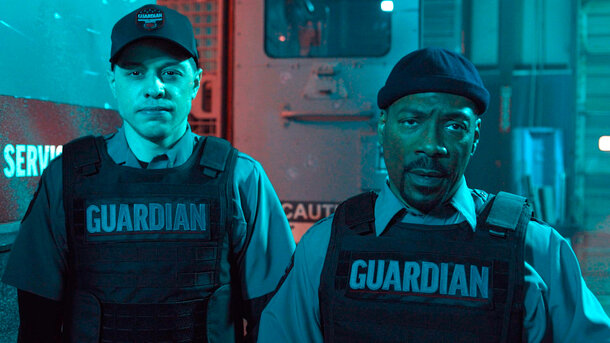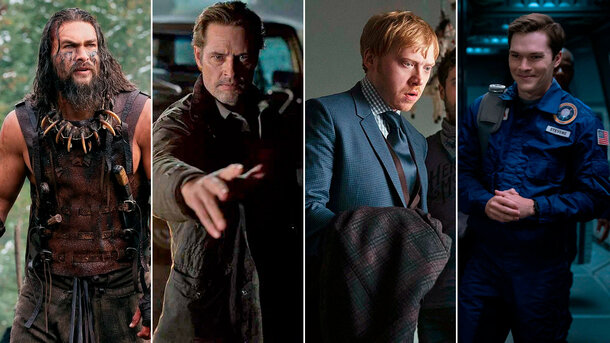Filmmakers always face tough choices about which scenes to keep and which to cut to prevent movies from becoming overly long. This challenge was particularly difficult with Harry Potter, as the books are packed with details that couldn’t all fit within a two-hour runtime. Let’s explore some of the key scenes that were removed for valid reasons.
The Marauders’ Backstory
In Prisoner of Azkaban, the book delves into the history of the Marauders — James Potter, Sirius Black, Remus Lupin, and Peter Pettigrew. Their friendship, their transformation into Animagi, and the creation of the Marauder’s Map played an important role.
However, the film largely omitted this storyline. Why? Time constraints. Exploring character backstories requires either flashbacks (which would mean additional casting) or lengthy dialogue sequences, both of which would have slowed the film down. The filmmakers opted to streamline the plot, leaving only the essential details.

The Quidditch World Cup
The Quidditch World Cup match in Goblet of Fire is one of the most thrilling moments in the book. However, in the film, viewers only see Harry arriving at the stadium and the aftermath of the match.
The reason? Filming Quidditch scenes is expensive and complex, requiring extensive CGI and lengthy choreography. Since the match itself didn’t significantly impact the overall plot, the filmmakers chose to skip it in favor of more crucial story moments.
Harry’s Rage After Sirius’ Death
In Order of the Phoenix, following Sirius’ death, Harry furiously destroys Dumbledore’s office, overwhelmed by grief and anger. His internal monologue in the book makes this scene even more powerful.

The movie omits this moment, showing only Harry’s sorrow. This choice was made because, without an internal monologue, it would have been difficult for the audience to fully grasp his emotions. Instead of prolonged destruction and shouting, the filmmakers opted for a more restrained but still emotional scene.
Memories of the Horcruxes
In the book, Dumbledore shares several memories of Voldemort’s past — his childhood, lineage, and search for Horcruxes. Many of these scenes were left out in the films, keeping only the most essential moments. The challenge here was that too many memory sequences could have slowed the film’s pacing. The audience needed just enough information to understand how Voldemort created Horcruxes, without excessive exposition.
Harry Walking to the Forbidden Forest Alone
In the book, after learning he must sacrifice himself, Harry silently walks to Voldemort without telling anyone.The film changes this by having him say goodbye to Hermione and Ron. This adjustment was made to heighten the emotional impact of the scene. Without internal narration, it would have been difficult to convey Harry’s emotions effectively, so dialogue was added to ensure viewers could connect with the moment.

Conclusion
While many book moments didn’t make it into the films, there were logical reasons for these omissions. Some scenes would have required too much screen time, while others were too complex to adapt effectively. The filmmakers made thoughtful choices to preserve the essence of the story while maintaining a well-paced cinematic experience.

